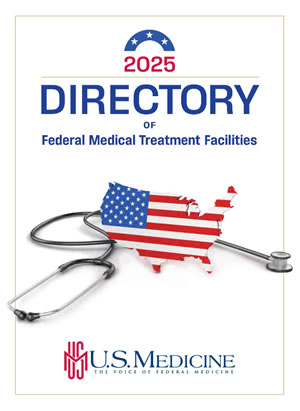NEW YORK — Polypharmacy is considered both common and dangerous in older patients, and a new study offers some explanations for why. The regular use of five or more medications is not only linked to adverse outcomes such as dementia, Parkinson’s disease and mortality but also plays a role in the transition from health to conditions such as those, a new study pointed out.
The report in Geroscience added, however, that polypharmacy’s influence on transitions between these health states has remained understudied in large, population-based cohorts.
To remedy that, the New York University Grossman School of Medicine-led researchers used data from 361,970 UK Biobank participants to examine the association between polypharmacy and transitions between health states: health, dementia, PD and mortality. Participants were aged 50 and older with up to 15 years of follow-up. Researchers from the U. S. Department of Veterans Affairs, Palo Alto, CA, VA Healthcare System and the VA’s National Center on Homelessness Among Veterans in Washington, DC, participated in the study.
The results indicate that polypharmacy was significantly associated with higher risks of transitioning from healthy to dementia (hazard ratio [HR], 1.15; 95% CI, 1.07-1.23) and from healthy to death (HR, 1.11; 95% CI, 1.08-1.09).
“Women exhibited better cardiovascular health, but higher polypharmacy prevalence compared to men,” the researchers explain. “Latent class analysis revealed that certain medication combinations, such as omega-3 fatty acids and multivitamins, were inversely associated with dementia and mortality, independent of polypharmacy status. These findings highlight the complex relationship between polypharmacy and health transitions in older adults.
They suggest, “Careful medication management may mitigate risks associated with polypharmacy, particularly among individuals at risk for neurodegenerative diseases. Further research is warranted to investigate the potential protective effects of specific medication combinations on health outcomes.”
A 2023 study in Global Health Research & Policy reported that, from 1999-2000 to 2017-2018, the overall percentages of U.S. adults with polypharmacy increased from 8.2% (7.2-9.2%) to 17.1% (15.7-18.5%) (average annual percentage change [AAPC] = 2.9%, P = 0.001).
“The polypharmacy prevalence was considerably higher in the elderly (from 23.5% to 44.1%), in adults with heart disease (from 40.6% to 61.7%) and in adults with diabetes (from 36.3% to 57.7%),” the researchers added.
- Weiss J, Beydoun MA, Georgescu MF, Maldonado AI, et. Al. Polypharmacy and its association with dementia, Parkinson’s disease, and mortality risk in UK adults: a multistate modeling approach. Geroscience. 2025 Mar 13. doi: 10.1007/s11357-025-01586-w. Epub ahead of print. PMID: 40080299.

